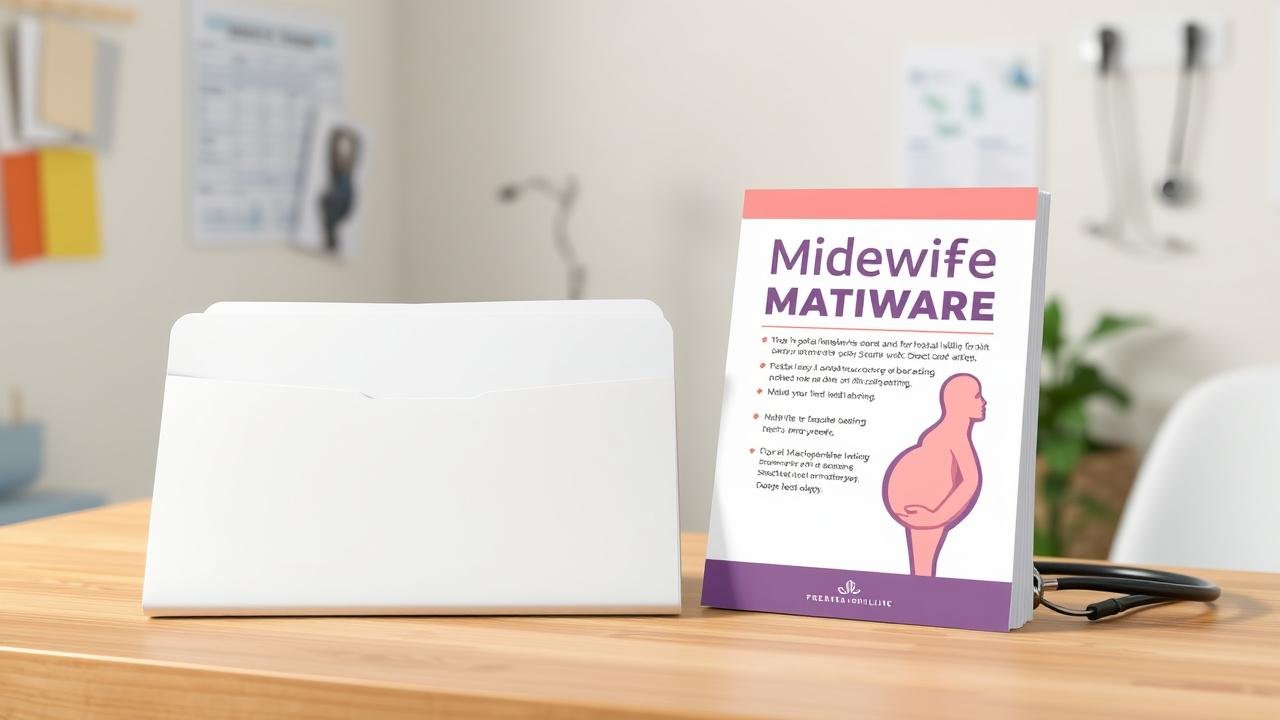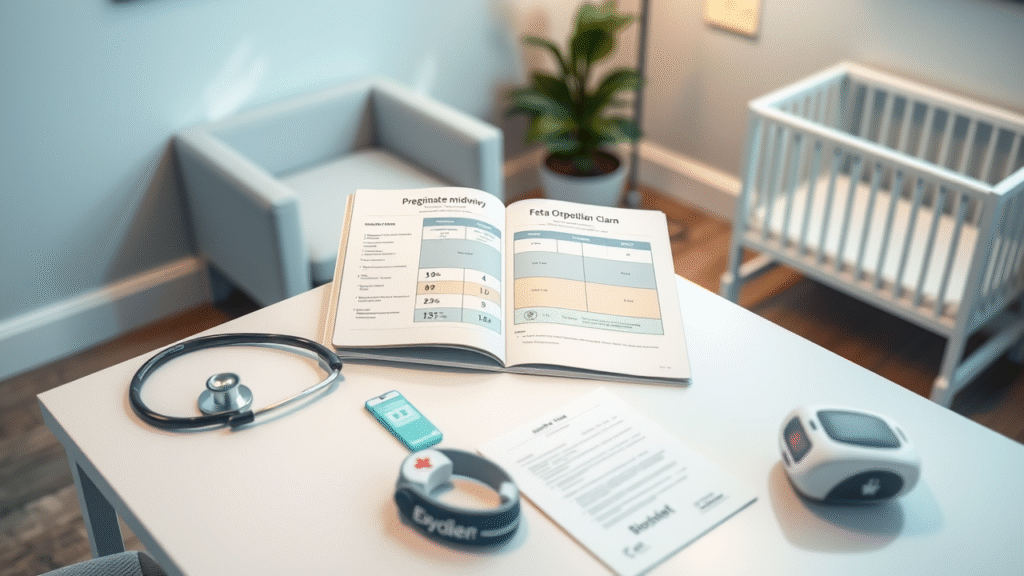Deciding between midwife care and obstetrician-led births is a crucial choice that shapes your pregnancy and delivery experience. Each approach offers unique benefits, challenges, and care styles that impact everything from safety outcomes to emotional support. This blog breaks down the essential differences, explores when each option is recommended, and weighs factors like intervention rates, costs, birth settings, and postpartum care. By understanding these interconnected aspects, you’ll be better equipped to make an informed decision that aligns with your personal preferences and medical needs.
Understanding the Key Differences Between Midwife Care and Obstetrician-Led Births
Understanding the key differences between midwife care and obstetrician-led births is essential for expectant parents weighing their options. Midwives typically focus on supporting natural, low-intervention births, emphasizing personalized emotional care and continuous support, as explored in the section on personalized support. In contrast, obstetricians bring specialized medical training to manage high-risk pregnancies and perform surgical interventions when necessary, a factor discussed under safety outcomes and intervention rates. These fundamental distinctions also influence birth settings; midwives often facilitate home or birthing center deliveries, while obstetricians usually practice in hospitals with access to advanced technology. Additionally, cost considerations and insurance coverage tend to vary between these providers, impacting accessibility. Postpartum care also differs, with midwives often offering more extended follow-up visits. Recognizing these contrasts helps parents align their preferences with medical advice to make informed decisions about their birth experience, linking closely to factors influencing choice and making an informed decision sections.
Factors Influencing Your Choice: When Midwife Care or Obstetrician-Led Births Are Recommended

Choosing between midwife care and obstetrician-led births often hinges on specific factors that influence the safest and most supportive approach for both mother and baby. Midwife care is generally recommended for low-risk pregnancies where a natural birth is anticipated, as discussed in sections on safety outcomes and intervention rates. In contrast, obstetrician-led births are typically advised when there are medical complexities or higher risks that require specialized interventions or surgical options, highlighting the importance of understanding key differences between providers. Personal health history, pregnancy complications, and preferred birth setting—whether home, birthing center, or hospital—also play critical roles in this decision-making process. These elements connect closely to considerations about personalized support and postpartum follow-up, since midwives often provide continuous emotional care while obstetricians focus on clinical management. Ultimately, balancing these medical factors with personal preferences and insurance coverage options ensures an informed choice tailored to individual needs.
Evaluating Safety Outcomes and Intervention Rates in Midwife Versus Obstetrician Care
Evaluating safety outcomes and intervention rates is a crucial aspect when deciding between midwife care and obstetrician-led births. Research generally shows that low-risk pregnancies managed by midwives often experience fewer medical interventions, such as cesarean sections or inductions, without compromising safety for mother or baby. Obstetricians tend to intervene more frequently, particularly in high-risk situations where specialized medical skills are essential. This difference ties closely to the birth settings discussed earlier—midwives frequently support natural births in home or birthing center environments, which may contribute to lower intervention rates compared to hospital-based obstetric care. Additionally, understanding how these safety outcomes align with personalized support and emotional care can help parents weigh their comfort alongside clinical considerations. Reviewing postpartum care and follow-up services further informs this balance, highlighting how each provider type manages recovery and potential complications after delivery. Ultimately, weighing these factors supports making an informed decision grounded in both medical advice and individual preferences.
Cost Considerations and Insurance Coverage for Midwife Care Compared to Obstetrician-Led Births

Cost considerations and insurance coverage play a crucial role when deciding between midwife care and obstetrician-led births. Typically, midwife services may present lower overall costs due to fewer medical interventions and shorter hospital stays, especially if the birth occurs in a birthing center or at home, as discussed in the section on birth settings. However, insurance plans vary widely in their coverage of midwifery care versus obstetrician services, which can influence affordability. Obstetrician-led births often involve higher fees tied to more extensive medical testing and potential surgical interventions, factors highlighted when evaluating safety outcomes and intervention rates. Understanding these financial aspects is essential alongside personal preferences and medical advice, as explored in the decision-making section. Moreover, postpartum support differences can also affect long-term expenses. Weighing cost against the personalized emotional care provided by midwives versus obstetricians helps expectant parents make informed choices aligned with both their budget and birth experience goals.
Personalized Support and Emotional Care Differences Between Midwives and Obstetricians
Personalized support and emotional care distinguish midwives from obstetricians in profound ways, influencing the overall birth experience. Midwives often emphasize a continuous, relationship-centered approach, offering more time for prenatal visits and emotional reassurance, which fosters trust and individualized attention. This nurturing style can ease anxiety and empower birthing individuals, aligning with preferences discussed in the section on balancing personal choices with medical advice. In contrast, obstetricians tend to focus on managing medical complexities and interventions when necessary, providing specialized expertise especially highlighted in safety outcome evaluations. While obstetrician-led care may involve less continuous emotional engagement during labor due to hospital protocols or caseload demands, they are indispensable in high-risk situations outlined under factors influencing provider choice. Understanding these differing approaches to emotional support also ties closely to postpartum care comparisons, where midwives often continue their supportive role beyond birth. Recognizing these nuances helps expectant parents weigh what matters most for their unique journey between personalized comfort and clinical oversight.
Navigating Birth Settings: Home, Birthing Centers, and Hospital Options with Midwives and Obstetricians

Choosing the right birth setting is a crucial aspect when deciding between midwife care and obstetrician-led births, as it shapes the overall birth experience and aligns closely with your preferences and medical needs. Home births often appeal to those seeking a natural, intimate environment with continuous midwife support, while birthing centers blend a homelike atmosphere with professional medical oversight, typically led by midwives. Hospitals provide comprehensive resources for higher-risk pregnancies or when obstetricians are involved, ensuring immediate access to advanced interventions if necessary. This choice connects directly to safety outcomes discussed in the blog’s section on intervention rates, highlighting how different settings impact both risks and benefits. Furthermore, evaluating personalized emotional support ties back to the comparison of postpartum care options offered by midwives versus obstetricians. Ultimately, navigating these settings involves balancing personal comfort with clinical recommendations—a theme central to making an informed decision about your birth provider and setting.
Postpartum Care and Follow-Up: Comparing Support After Midwife and Obstetrician-Led Births
Postpartum care and follow-up represent a crucial phase in the childbirth journey, where support after midwife-led births often emphasizes personalized attention and holistic recovery. Midwives typically offer continuous, hands-on guidance that extends beyond physical healing to emotional well-being, aligning with the personalized support discussed earlier in the blog. In contrast, obstetrician-led postpartum care may focus more on medical monitoring and managing potential complications, reflecting their expertise highlighted in safety outcome evaluations. The choice between these approaches can be influenced by factors such as birth setting and individual health needs, which ties back to considerations of home or hospital births explored previously. Additionally, insurance coverage and cost implications might affect access to extended postpartum services under either provider type. Ultimately, understanding these postpartum differences helps expecting parents balance personal preferences with medical advice when making an informed decision about their care team before birth, ensuring comprehensive support during this vital recovery period.
Making an Informed Decision: Balancing Personal Preferences and Medical Advice in Choosing Your Birth Care Provider
Choosing the right birth care provider is a deeply personal journey that intertwines your values, health needs, and comfort with professional guidance. Balancing what feels right for you with medical advice allows for a birth experience grounded in both trust and safety. Whether leaning toward midwife care or obstetrician-led births, understanding their unique strengths—from emotional support to intervention approaches—empowers thoughtful decisions. This holistic perspective resonates through considerations of setting, postpartum support, and cost alike. At MomDadDispatch.com, we honor these complexities, standing alongside families as they navigate the path to welcoming new life with confidence and care.






